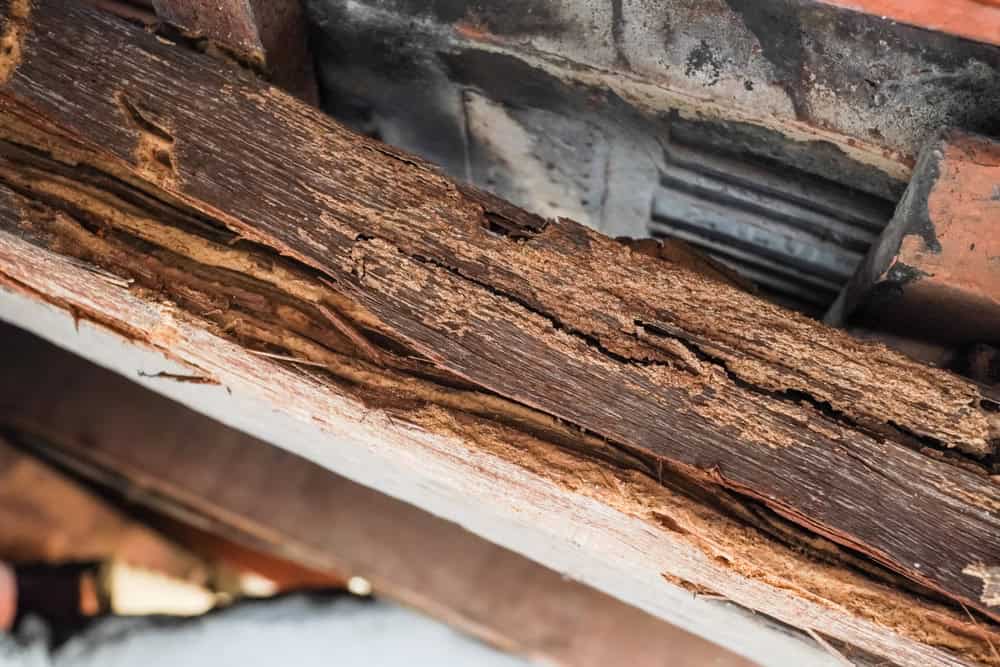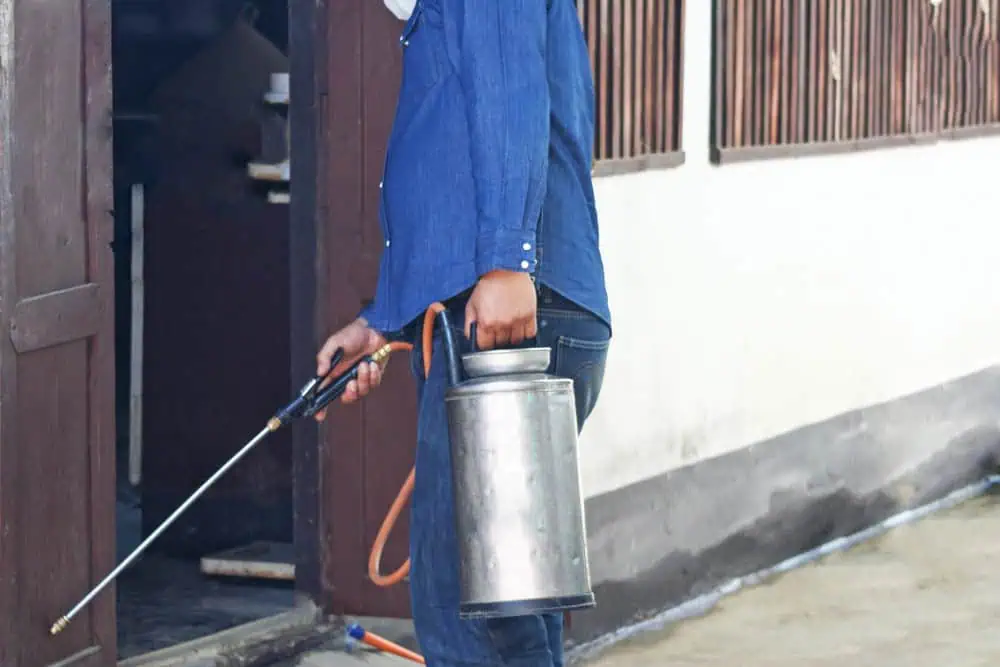Complete termite elimination and prevention that actually works – protecting your biggest investment from costly structural damage.

Hear from Our Customers

You’ll sleep better knowing your home is protected. No more worrying about those small piles of sawdust or hollow-sounding wood when you tap the walls.
Your property value stays intact. Termites can cause thousands in structural damage, but effective treatment stops that destruction in its tracks.
You get peace of mind that lasts. Our termite treatment doesn’t just kill what’s there now – it creates a barrier that keeps new colonies from moving in. That means you’re not dealing with this problem again next year.
We’ve been protecting Runnemede homes from termite damage for years. We understand how termites behave in our climate and what attracts them to properties in Camden County.
We’re not a national chain that treats every home the same way. We know the difference between subterranean termites that thrive in our soil conditions and drywood termites that target specific wood types.
When you call us, you’re working with technicians who live and work in your community. We’ve seen what termites do to homes here, and we know exactly how to stop them.

First, we inspect your entire property. We’re looking for active termites, signs of damage, and conditions that attract them. This includes checking your foundation, crawl spaces, and anywhere wood meets soil.
Next, we explain what we found. No technical jargon – just clear information about where the problem is and how serious it is. You’ll know exactly what needs to be treated and why.
Then we treat the problem. We use targeted methods that eliminate the colony, not just the termites you can see. This might include soil treatments around your foundation, direct wood treatments, or baiting systems depending on your situation.
Finally, we set up monitoring and prevention. Termite treatment isn’t a one-and-done service. We make sure the treatment is working and watch for any new activity.

Ready to get started?
Every termite treatment starts with a thorough inspection of your property. We check obvious spots like basements and crawl spaces, but also areas most people miss – like where your deck attaches to the house or around outdoor faucets.
You get a detailed report of what we find. We document termite activity, damage, and moisture conditions that could lead to future problems. This isn’t just for our records – it’s information you need if you’re selling your home or filing insurance claims.
Our treatment targets the entire colony, not just individual termites. We use methods that termites carry back to their nest, eliminating the source of your problem. Plus, we create protective barriers that prevent new infestations.
